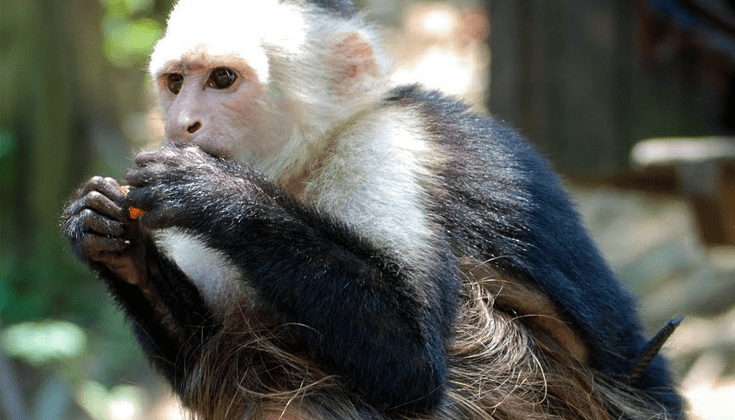We all recognize monkey mind—that wild mind going in more than one direction at a time, swinging from one branch of thought to the next. It wants the next banana, the next big thing, the next small thing. It wants to keep moving. Monkey mind likes texting and online gaming. It’s the mind that likes to be mindless.
With our modern culture of distraction, you might think that we invented the idea of speedy monkey mind. However, the Mahayana teachings in both China and Japan have talked about monkey mind for more than 1,500 years. In the ancient description of the cycle of karmic cause and effect, the nidanas, consciousness is symbolized by a monkey inside a house whose windows represent the senses.
Meditation is a vehicle to tame monkey mind. By sitting simply, being present, following our breath, and labeling our thoughts, we entice the monkey to come down from the trees and rest. It takes repeated effort, but eventually monkey mind calms down.
Surprisingly, when monkey mind is tamed, focused, and quiet, it has great energy and power. Chögyam Trungpa said we might discover the monkey is actually a gorilla—much more potent and expansive than we imagined. It might be buddhamind, in fact.

